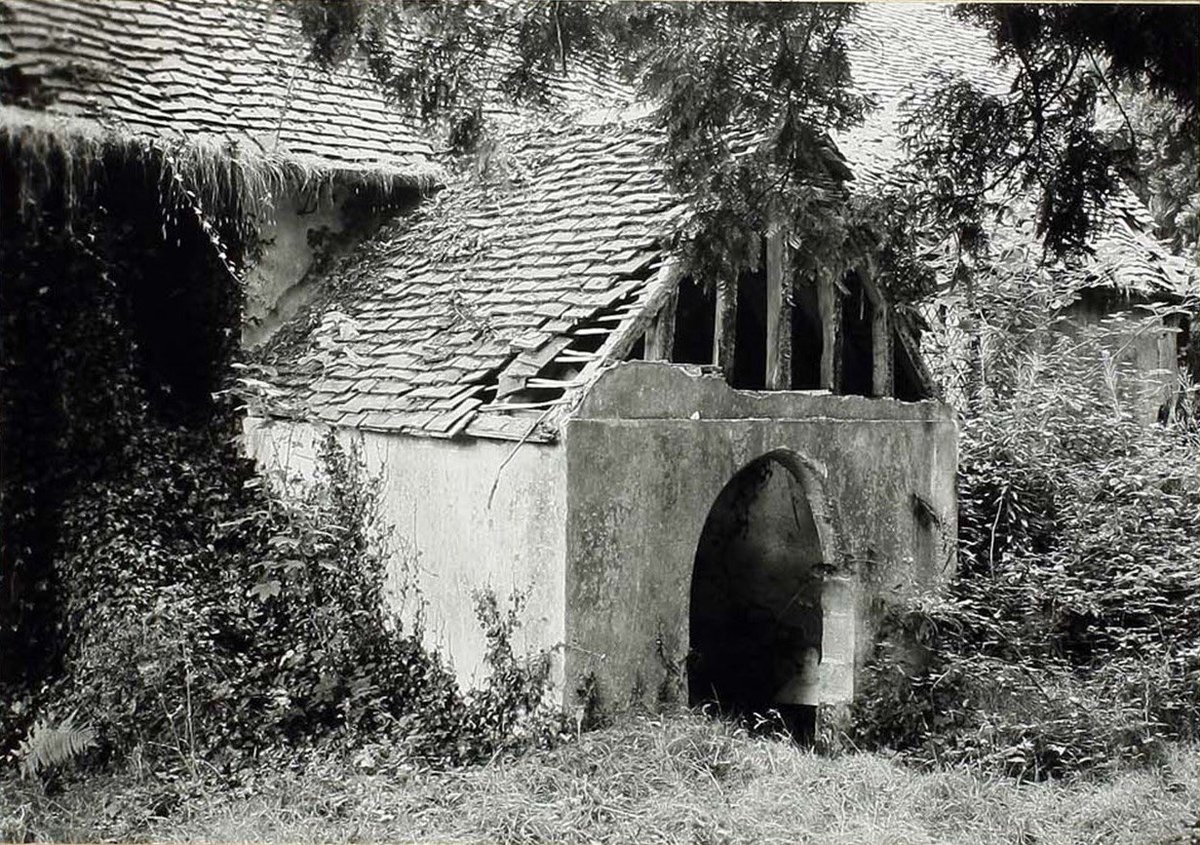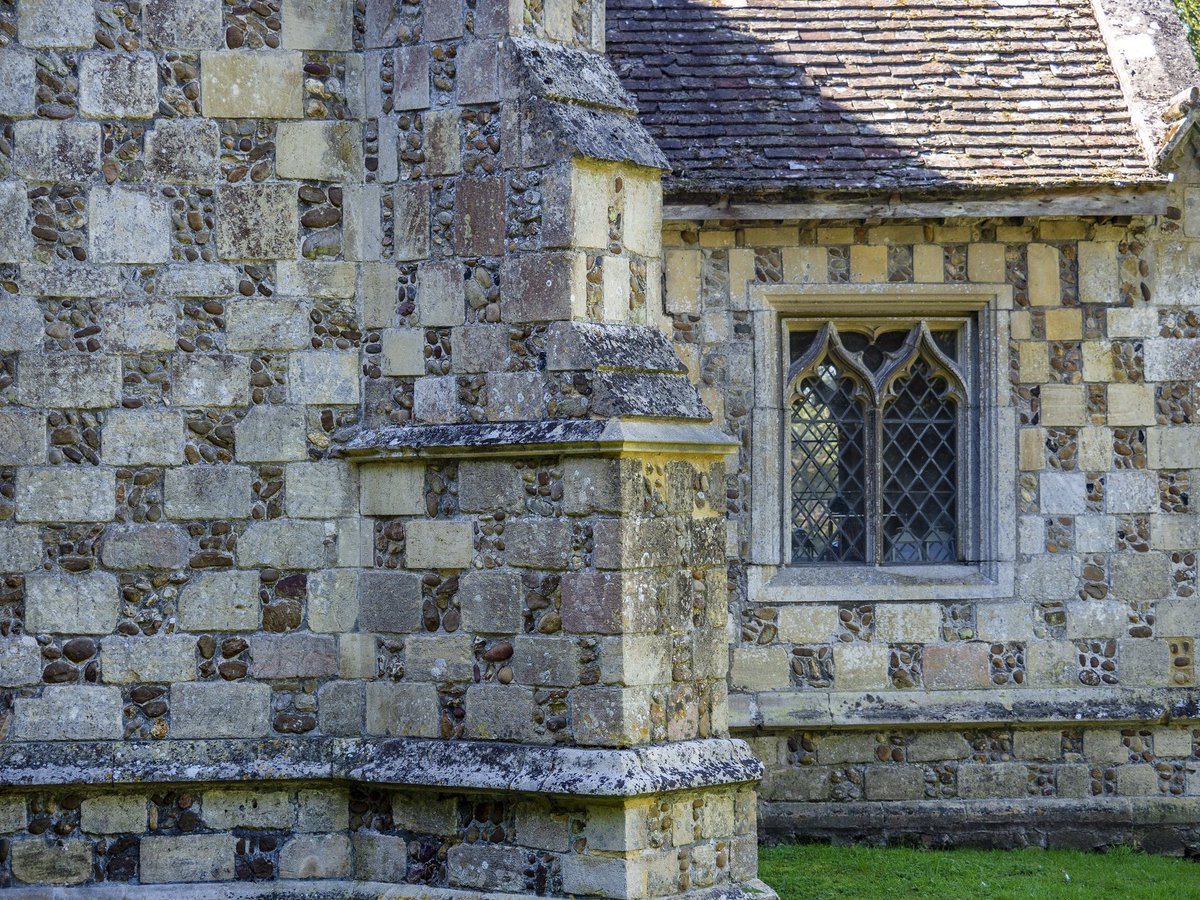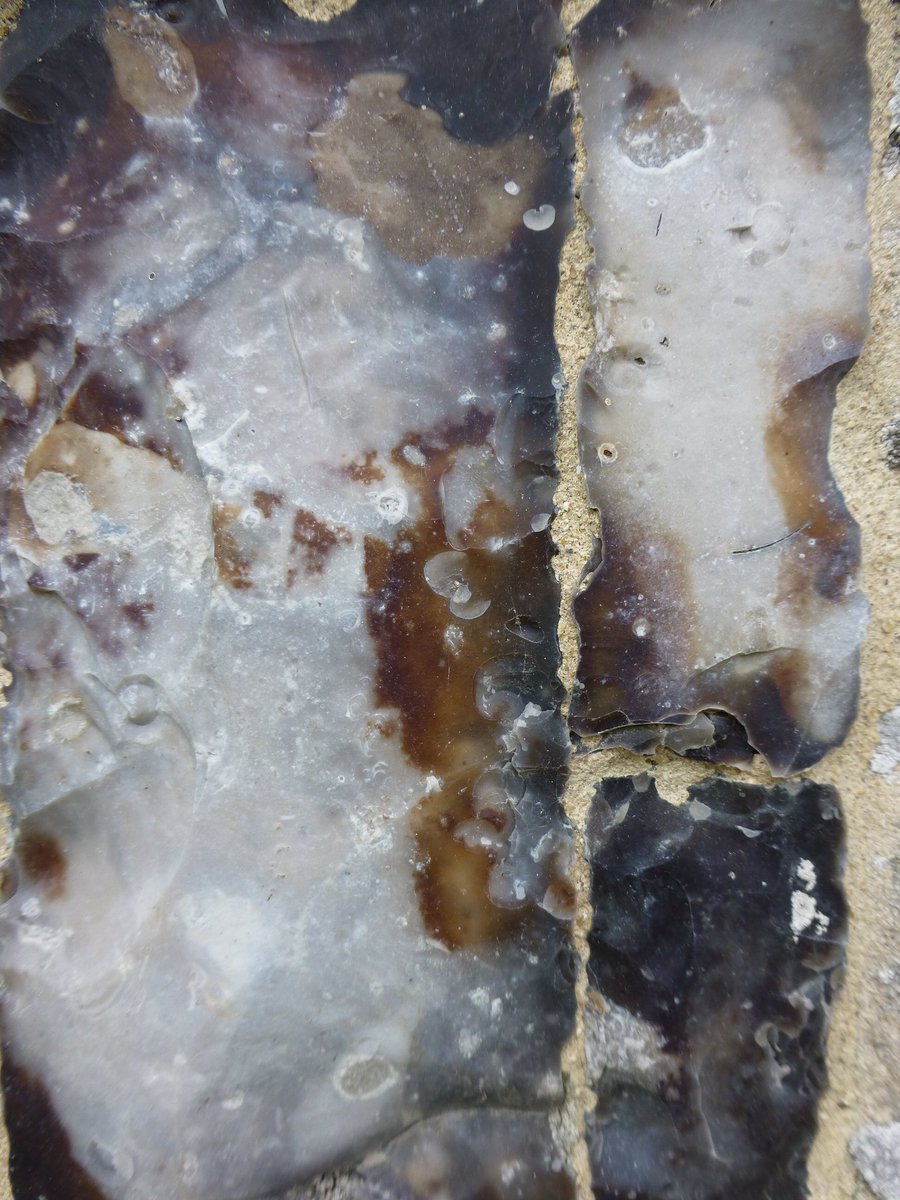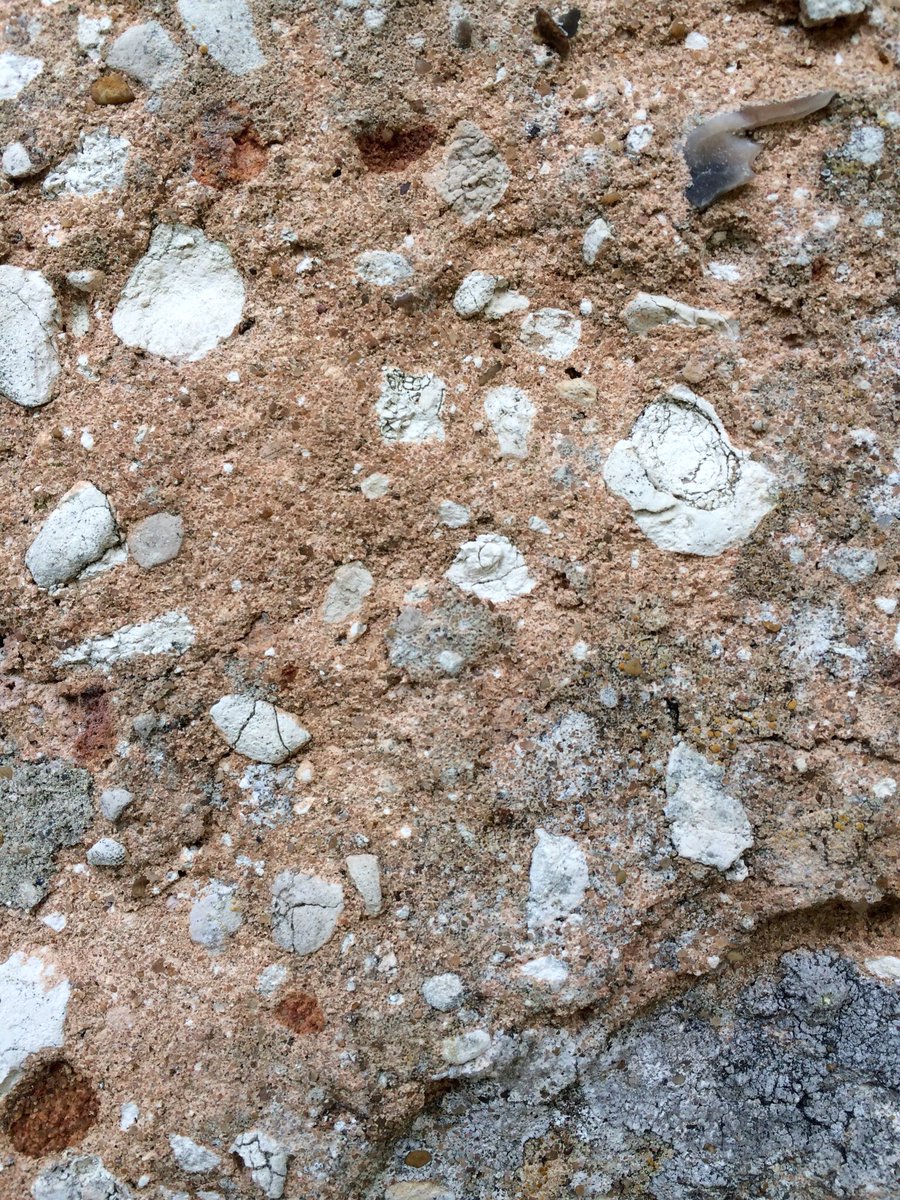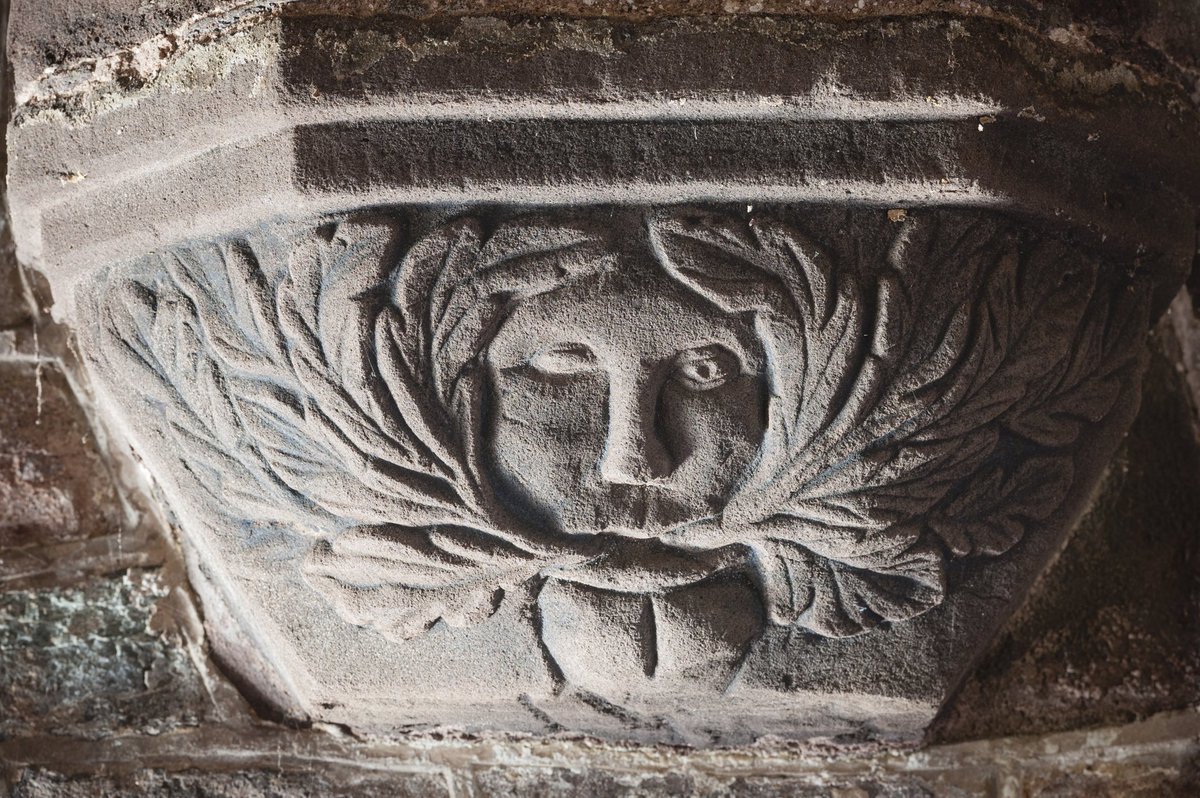
Our two churches in Lincolnshire stand in what was once Viking territory. In the late 9th C a swathe of Eastern and Northern England was occupied by Danes and other Norsemen, and governed by Danelaw.
/a Viking thread ...
/a Viking thread ...

Christian Anglo-Saxons labelled the Norse settlers 'heathens'. However, some Scandinavian pagans were buried in Christian churchyards. Others converted to Christianity, and over time, people, beliefs, art & languages from the different cultures became intertwined.
Anglo-Norse dialects developed, and they influenced local speech for hundreds of years. Even today, the English language has numerous words of Old Norse origin, like 'knife', 'kindling', 'egg', & ‘window' (literally - 'wind eye').
Many place names also have Viking roots ...
Many place names also have Viking roots ...
Place names ending ‘by' take their suffix from the Old Norse for 'farmstead' or 'settlement'. Our churches in Lincolnshire are sited in two such places:
‘Sutterby’ is believed to be Old Norse and Old Danish for 'the settlement of the shoemaker'.
‘Sutterby’ is believed to be Old Norse and Old Danish for 'the settlement of the shoemaker'.

And 12 miles away, marshy ‘Saltfleetby’ - pronounced 'Sollerby'- (where we care for the tower of Old St Peter’s) adds Norse 'by' to 'Salt fleot' - the Anglo-Saxon name for the saltwater inlet where salt had been produced and exported since the Bronze age. 



In 2010, this spindle whorl was found in a field at Saltfleetby, inscribed with a Norse runic inscription. It probably dates from the 11th C, by which time there may well have already been a Christian church in the village. 

Yet this personal object, probably owned by a woman called Ulfljót, invokes the names of three Norse Gods, including Odin, the one-eyed all-father god whose Anglo-Saxon name gave us the word 'Wednesday'.
Spindle whorl photos © Lincolnshire County Council
Spindle whorl photos © Lincolnshire County Council

You can learn more about Viking Saltfleetby and its spindle whorl from @EMidsVikings at emidsvikings.ac.uk/items/saltflee…
/end of saga
————-
Winter at Saltfleetby Dunes © Natural England via Flickr
/end of saga
————-
Winter at Saltfleetby Dunes © Natural England via Flickr
• • •
Missing some Tweet in this thread? You can try to
force a refresh










